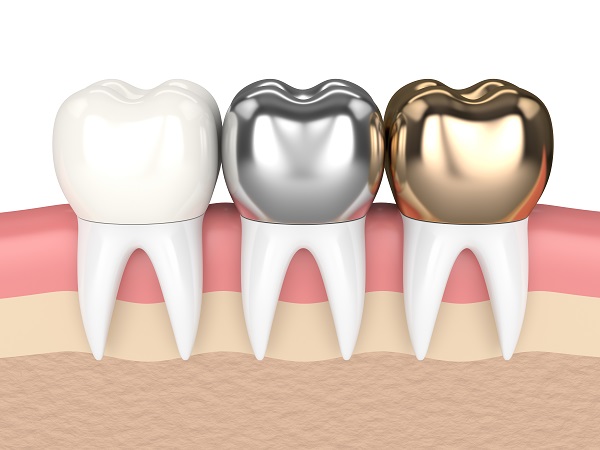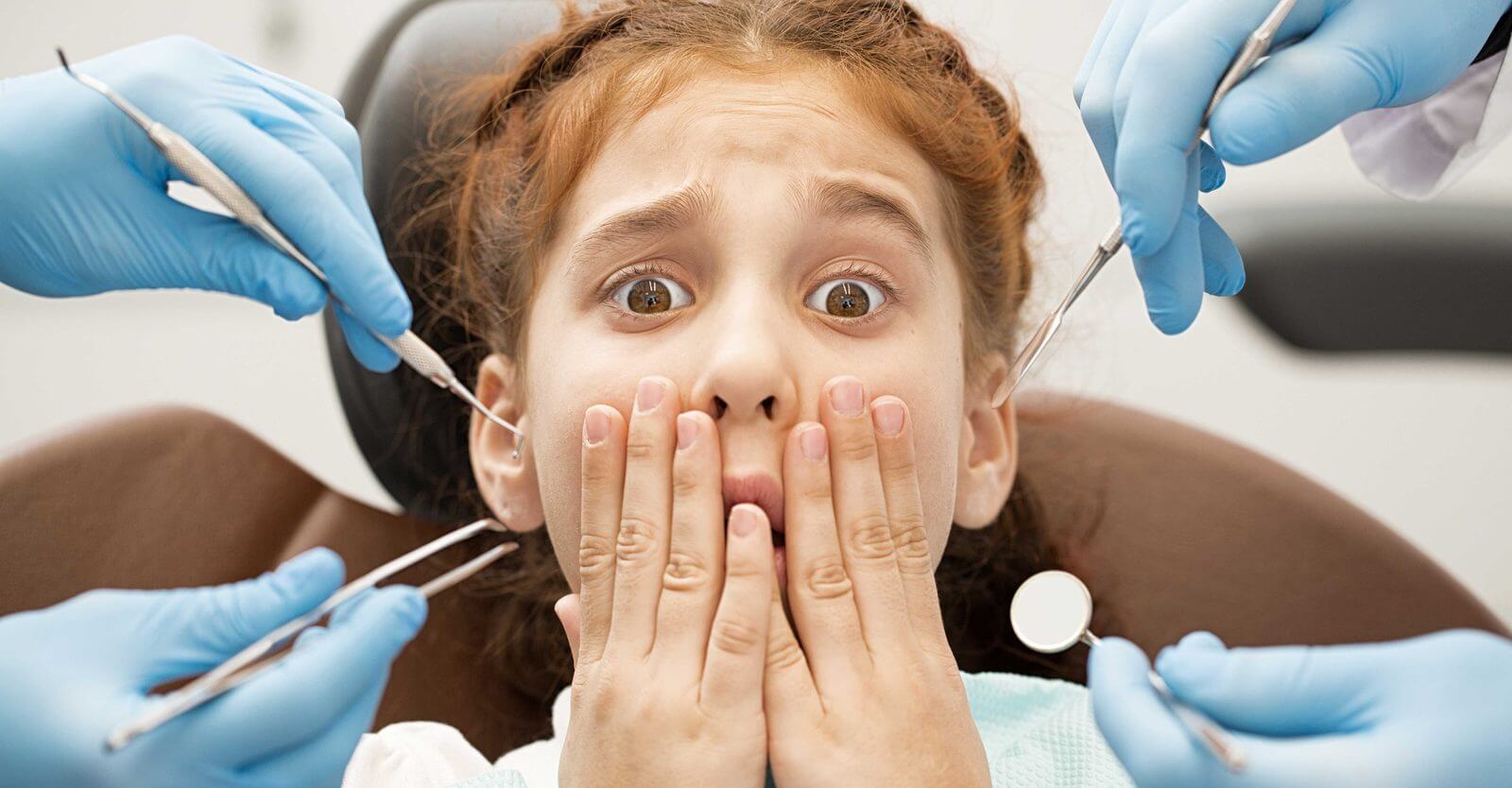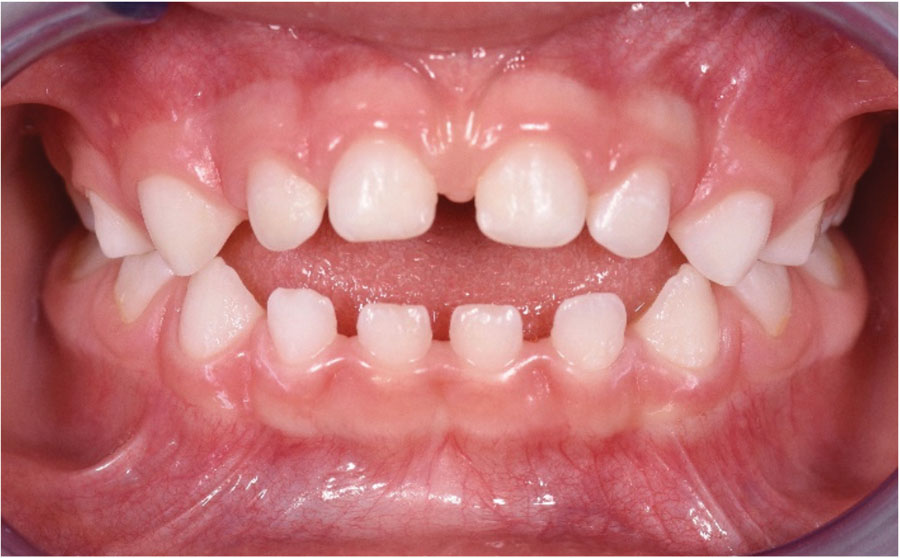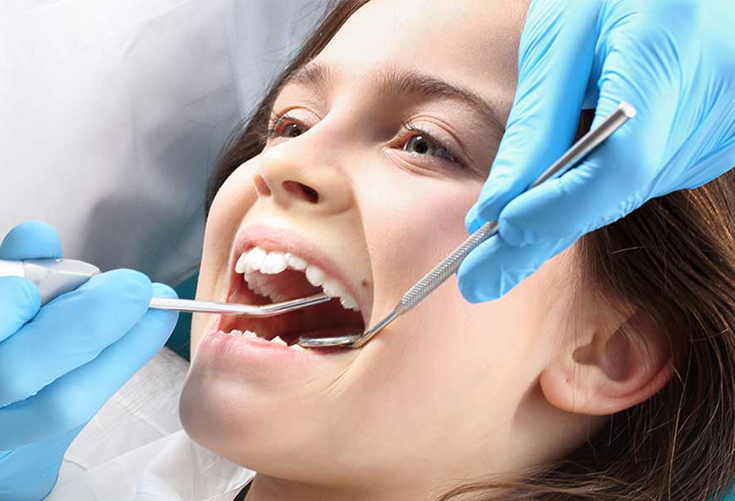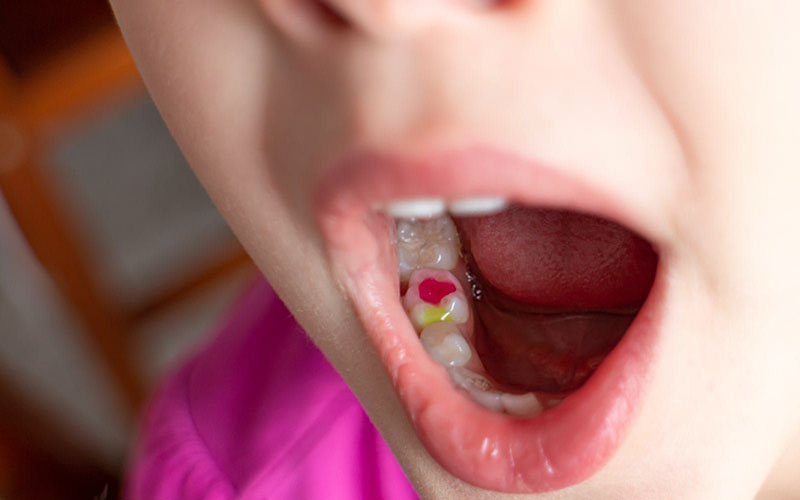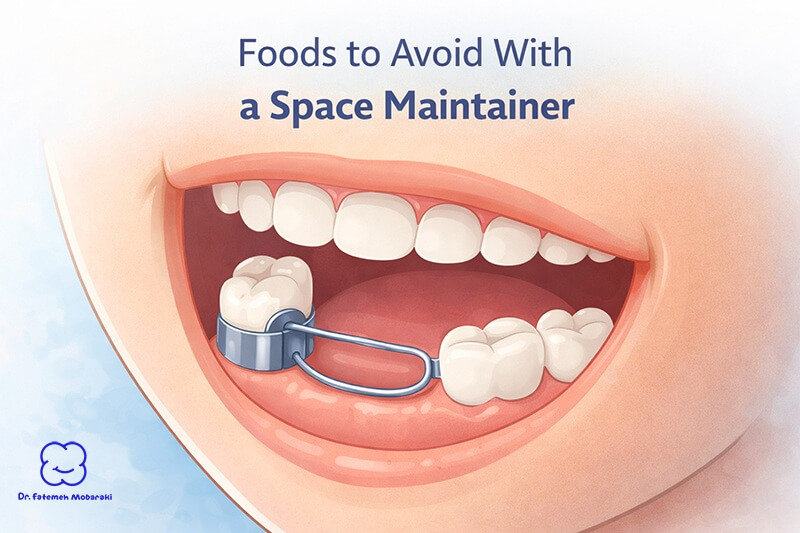When it comes to your child’s dental health, selecting the best dental treatments can sometimes be overwhelming, especially when considering dental crowns. Dental crowns are vital for protecting and restoring a child’s teeth that are damaged or decayed. As a parent, choosing the best dental crown for children is essential not only for their dental health but also for their comfort and confidence.
In this comprehensive guide, we’ll explore the different types of dental crowns available for children, how to choose the right one, the role of anesthesia in the process, and key factors to consider. By the end, you’ll be better equipped to make an informed decision to safeguard your child’s smile.
What Are Dental Crowns and Why Do Children Need Them?
Dental crowns are caps placed over damaged or decayed teeth to restore their shape, size, strength, and function. In pediatric dentistry, crowns are often used when a child’s tooth is too damaged for a traditional filling. Crowns not only protect the tooth from further damage but also ensure that your child can chew and speak properly.
The best dental crown for children will depend on the tooth’s location, the extent of damage, and aesthetic concerns. In any case, dental crowns are essential for preserving your child’s natural teeth until their permanent teeth grow in.
Best Dental Crown for Children: Exploring the Different Types
Choosing the right dental crown for children involves understanding the different types of crowns available. Each type has its own advantages and drawbacks, and the best option varies depending on the child’s needs.
1.Stainless Steel Crowns (SSCs)

Stainless steel crowns are one of the most common choices in pediatric dentistry, particularly for primary (baby) molars.
Benefits of Stainless Steel Crowns:
- Durability: These crowns are highly durable and can withstand chewing forces, making them ideal for molars.
- Cost-Effective: SSCs are more affordable compared to other crown options, making them a practical solution for many families.
- Quick Placement: The procedure to place stainless steel crowns is relatively quick and straightforward, typically requiring just one visit.
Drawbacks:
- Appearance: The metallic look of stainless steel crowns is not aesthetically appealing, especially for front teeth.
For many children, stainless steel crowns are the best dental crown for protecting molars, due to their durability and cost-effectiveness.
2.Porcelain-Fused-to-Metal (PFM) Crowns
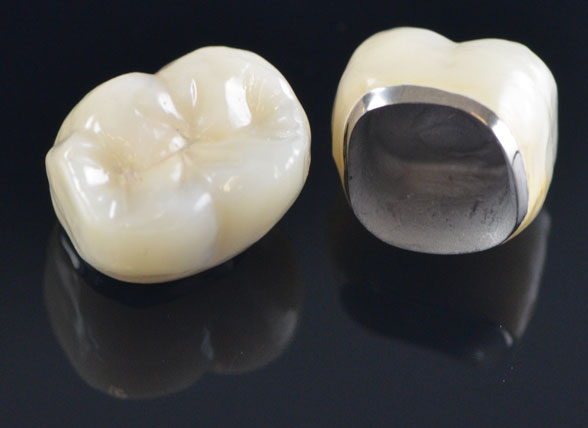
Porcelain-fused-to-metal (PFM) crowns offer a combination of strength and aesthetics.
Benefits of PFM Crowns:
- Natural Appearance: The porcelain coating gives PFM crowns a natural look, which is ideal for front teeth.
- Strength: The metal base ensures these crowns are durable enough for both front and back teeth.
Drawbacks:
- Gum Line Visibility: Over time, the metal underneath the porcelain may become visible, especially near the gum line.
- Multiple Visits: The placement process might require more than one visit, which could be challenging for younger or anxious children.
PFM crowns strike a balance between aesthetics and strength, making them a good option for parents who want both appearance and durability.
3.Zirconia Crowns
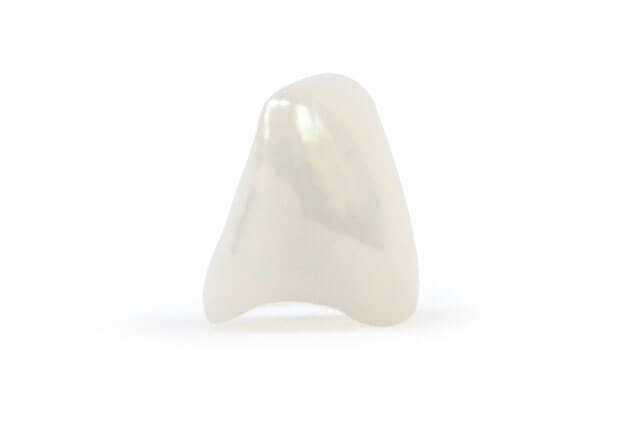
Zirconia crowns are a high-quality ceramic option that offers the best combination of aesthetics and strength.
Benefits of Zirconia Crowns:
- Aesthetic Appeal: Zirconia crowns closely resemble natural teeth in color and translucency, making them the best dental crown for children’s front teeth.
- Biocompatibility: Zirconia is a biocompatible material, which means it’s less likely to cause allergic reactions or gum irritation.
- Durability: Despite their natural look, zirconia crowns are very strong and can endure the biting and chewing forces of children.
Drawbacks:
- Higher Cost: Zirconia crowns are more expensive than stainless steel or PFM crowns, but their durability and aesthetics justify the cost for many parents.
- Procedure Length: Zirconia crowns may take longer to place, requiring more than one visit in some cases.
If aesthetics are a top concern, zirconia crowns are the best option, especially for visible teeth.
Factors to Consider When Choosing the Right Dental Crown for Children
When choosing the right dental crown for children, it’s important to consider several factors:
- Location of the Tooth: For molars, where strength is essential, stainless steel crowns may be the best choice. For front teeth, where appearance matters more, zirconia or PFM crowns are better suited.
- Aesthetic Concerns: If the tooth is visible when your child smiles, a natural-looking option like zirconia or PFM crowns may be ideal.
- Budget: Stainless steel crowns are the most affordable option, while zirconia crowns, although more expensive, offer superior aesthetics.
- Child’s Dental Health: If your child grinds their teeth or has other habits that put extra strain on their teeth, a more durable crown like zirconia or stainless steel may be advisable.
- Procedure Complexity: Some crowns, such as zirconia and PFM, may require more complex procedures and multiple visits. If your child is very young or anxious, stainless steel crowns, which can be placed in one visit, might be a better choice.
The Role of Anesthesia in Placing the Best Dental Crown for Children
Many parents wonder whether their child will need anesthesia for the dental crown procedure. The answer depends on the child’s age, comfort level, and the complexity of the treatment. Here’s an overview of the types of anesthesia commonly used during pediatric crown placements:
1. Local Anesthesia
- When it’s used: Local anesthesia is used to numb the specific area of the mouth where the crown will be placed. It ensures that the child doesn’t feel any pain during the procedure.
- How it works: The dentist will inject a local anesthetic around the tooth to be treated, making the area numb while the crown is being fitted.
2. Nitrous Oxide (Laughing Gas)
- When it’s used: Nitrous oxide, or laughing gas, is often used for children who are anxious or fearful of dental procedures. It helps them relax without putting them to sleep.
- How it works: The child inhales the gas through a mask, which creates a calm and relaxed feeling. The effects wear off quickly after the procedure, and it is a very safe option.
3. Oral Sedation
- When it’s used: Oral sedation is used for children who are highly anxious or for procedures that may take longer.
- How it works: The child takes a sedative before the procedure to help them relax. They will remain awake but calm throughout the treatment.
4. General Anesthesia
- When it’s used: General anesthesia is typically reserved for complex cases or for very young children who cannot sit still or cooperate during the procedure.
- How it works: Under general anesthesia, the child is completely unconscious, and the procedure is carried out in a controlled environment, usually in a hospital or specialized clinic.
Safety and Recovery
All forms of anesthesia are generally safe for children when administered by a qualified professional. Local anesthesia and nitrous oxide have minimal recovery times, while oral sedation and general anesthesia may require more time for the child to fully recover after the procedure.
Conclusion: The Best Dental Crown for Children
Ultimately, the best dental crown for children depends on several factors such as the location of the tooth, budget, and the child’s specific dental needs. Stainless steel crowns are durable and cost-effective for molars, while zirconia crowns offer superior aesthetics for front teeth. PFM crowns balance both strength and appearance.
Additionally, understanding the role of anesthesia can help ensure that your child’s experience is comfortable and pain-free. Whether your child needs local anesthesia, nitrous oxide, or even general anesthesia, the right approach will depend on their individual situation and the complexity of the procedure.
By choosing the right dental crown for children, you can ensure their teeth are protected, functional, and visually pleasing. Consult with our pediatric dentist (Dr. Fatemeh Mobaraki) in Dubai to make the best decision for your child’s dental health.

